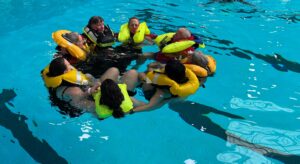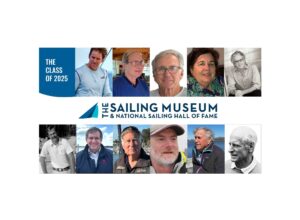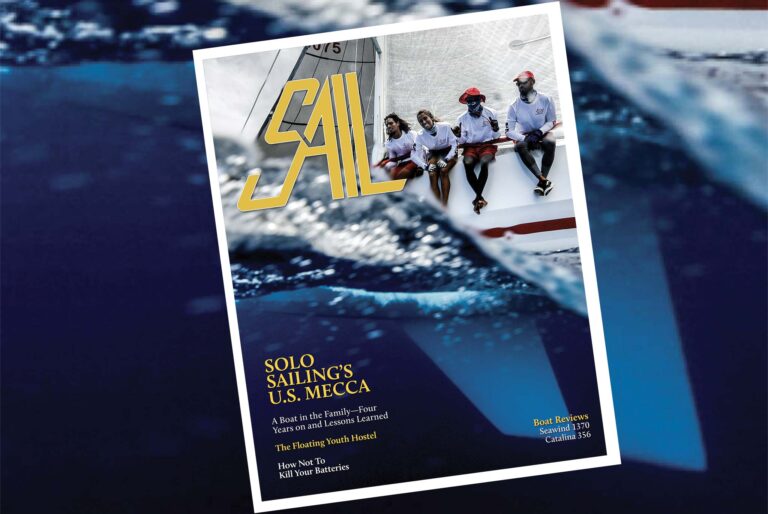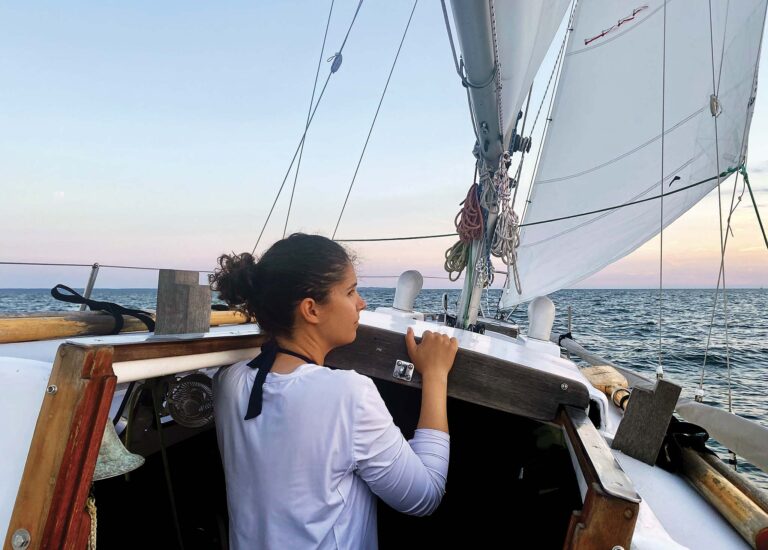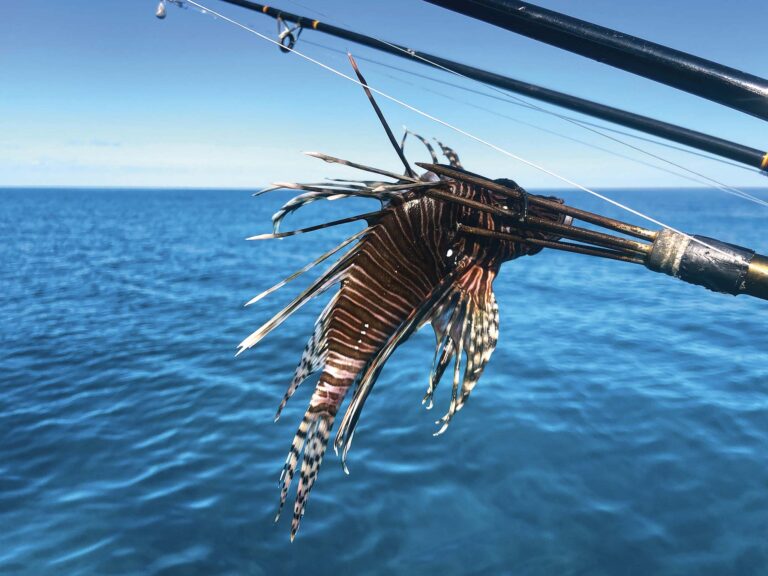When my husband, Damon, and I cruised the Gulf Coast of Florida on our Pearson 28, the Little Shark River on the western edge of Everglades National Park topped our “must-see” list. Author and environmentalist Marjory Stoneman Douglas once said the Everglades could never be wholly known, and their sense of mystery, isolation and solitude was evident the moment we entered this out-of-the-way anchorage.
The approach via Florida Bay is shallow, with depth readings of less than ten feet for many miles offshore. We decided to simply turn off our depth sounder, figuring that ignorance was bliss. The green entrance marker was camouflaged against the vast Floridian mangrove forest, but we approached at dawn when it was still flashing and easily followed it in. Boats were anchored far up the Little Shark River—we could see some on the hook as far as two miles from the mouth—and the tide was running swiftly, so we used a Bahamian moor, which held just fine.
Little Shark River calls for a level of self-sufficiency rarely required in the United States: cell phones don’t work; few people will hear you on VHF; you may or may not receive NOAA weather broadcasts; and there are no docks, moorings or facilities. A National Park ranger may visit occasionally, but don’t count on it. Another strange quality of the Little Shark River is the lack of dry land—you literally can’t get out of your boat and walk around. A reliable dinghy is a must for exploring upstream.
Bugs are a fact of life in Florida, but nowhere more than in the Everglades. DEET, long sleeves and bug screens are essential. We visited during the dry season (November to May), which helped—not only because there were fewer bugs, but because we could wear long sleeves, pants and socks without suffocating under the sun.
Bottlenose dolphins, sea turtles and manatees made frequent appearances, even upriver in the relatively fresh waters of Oyster Bay. While exploring backwater creeks, we spooked a monster tarpon that leapt from the water and almost landed in our dinghy. We also sighted alligators, and although we never saw any, the area is an important breeding habitat for bull sharks, which we took to be a good reason to not go swimming. The mangroves are a birder’s paradise, with seabirds, wading shorebirds and songbirds all visible from the cockpit. We were particularly charmed by the tree-dwelling mangrove crabs, which lived primarily in the mangroves, but rode on flotsam to anchored boats. We got in the habit of looking before sitting down in the cockpit, lest a crab had already claimed that spot.
Upriver, in Oyster Bay, the vastness of the Everglades left us awestruck. Nowhere else on earth will you find a place like this river of grass—a miles-wide, inches-deep river that flows from Lake Okeechobee to Florida Bay. Over the years, agriculture, suburban sprawl and the demand for green lawns have threatened the ancient patterns of the river, leaving dried-up patches and altered ecosystems. Still, even in its fragile state, the southern Everglades is wilderness at its best.
We drifted in silence for hours in the dinghy. This was a place for solitude and reflection, not action. A solitary dolphin came near while chasing its lunch. There were no other sounds, except for his occasional, explosive breaths. In the late afternoon, a thunderstorm threatened, and we raced downstream back to the boat. Hiding below, we enjoyed painkillers and waited for night to fall, when we moved to the cockpit and sat safe and happy under the immense sky.
All too quickly, civilization called us back, and we reluctantly raised anchor, bound for an overnight stop at Cudjoe Key. Sailing south on glassy seas, we looked back toward the Everglades, 40 miles astern. Another titanic thunderstorm rose into the evening sky, and we could imagine the rain falling on the river of grass, as it has since time immemorial.
Photo courtesy of Hawk Mountain Conservation

